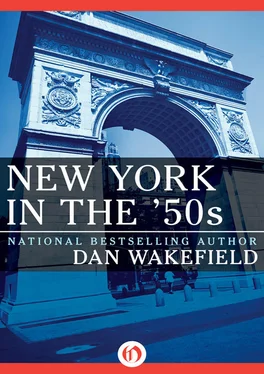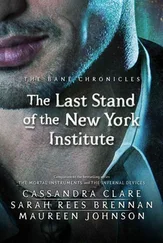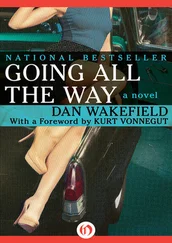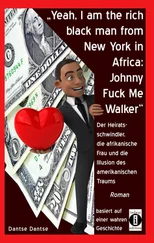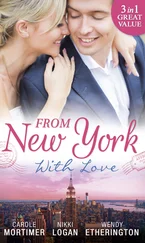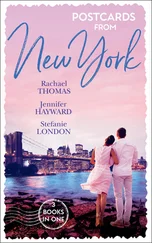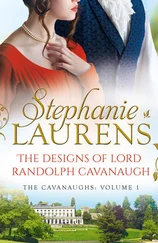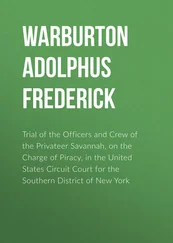There were actually many such communities in New York then, many of them interconnected. David Amram, the jazz musician and composer I used to hear play at the Five Spot, says, “There was a cross-pollination of music, painting, writing—an incredible world of painters, sculptors, musicians, writers, and actors, enough so we could be each other’s fans. When I had concerts, painters would come, and I’d go play jazz at their art gallery openings, and I played piano while beats read their poetry. Kerouac asked Larry Rivers and me to be in the movie Pull My Daisy , with him and Allen Ginsberg.”
Another community, which served as an intellectual and spiritual base for many young people who came to New York then, was the Catholic Worker movement in the Bowery, founded by Dorothy Day, an ex-bohemian who had turned, in the 1930s, from the lure of communism to a deeply felt Catholicism.
It was there that I met Mary Ann McCoy, who with two other young women had started a day care center for children in Spanish Harlem, and showed me the neighborhood that inspired my first book. Mary Ann now lives in a racially mixed neighborhood in Brooklyn, where she’s a community activist. “I associate the feeling of the Catholic Worker farm on Staten Island with our time, the fifties,” she says. “There was a big oak tree and a cow mooing and the chapel was part of the barn. Mass was held every morning, and you celebrated the hours of the day. The people there had a commitment, and we gave up part of our personal life to care for the poor, like Dorothy Day. There was a balance there that the sixties didn’t have. The sixties lacked a connection with the other things of life. What’s ever come out of the sixties? What did it get us? I saw it as being one big party time.”
The Catholic Worker also served as a community for a young poet named Ned O’Gorman, whom I used to see at Dorothy Day’s Bowery mission and at the White Horse Tavern. Ned is now headmaster of the Storefront School for Children, which he founded in 1966 in Harlem.
“New York was safe then,” he says, looking back on the time we were friends. “It was bouncing, almost like the whole of it was a little village where everybody knew everybody else. Literary life in New York had not yet become a commercial venture then. When Bill Clancy was editor of Commonweal , he used to have parties with serious young writers and priests, and you went because you were excited about a real intellectual life, not because you wanted to get in Suzy’s column or get a book contract. I went to a literary party the other night and there was a mass of writers craning their necks to get photographed—it seems vulgar. I preferred the White Horse and the Catholic Worker to what passes for literary life in New York now.”
There are, of course, new and different communities in New York now, with their own constituencies and their own contributions, but the city itself is not the same one we inhabited then and took for granted. I miss the people most of all, and some of them are gone forever. In January 1990 I went to a memorial service for one of my Village writer friends, Seymour Krim, and saw many familiar faces from the past. We’ll be seeing each other again at similar gatherings, which will come with increasing frequency.
This book began as only a personal memoir, and it didn’t feel right. I needed to hear other people’s stories and impressions as well as my own, and when I went to New York on a short visit in the fall of 1990, I looked up some old friends. I had lunch with Dan Wolfe, the cofounder and original editor of the Village Voice , at a Korean restaurant in midtown, met with Nat Hentoff at Bradley’s bar in the Village, and called Gilbert Millstein to talk about his friendship with Jack Kerouac, which began when he reviewed On the Road in the New York Times . These conversations were so rich and gave such life to my own memory of the time that I started coming down more often and seeing more people. By the end of the year, I realized I wanted to spend more time in New York. My novelist friend Lynne Sharon Schwartz was looking for someone to sublet her studio apartment on West 96th Street for a few months, and I said I’d take it.
This book has become, I hope, a kind of community memoir as well as my own, and the effort to make it that, I think, is true to the spirit of the time and place, for we had a deep sense of community and comradeship then that was unique. I see now how important this was to all of us. Certainly I know how essential it was to me, and how precious it still is.
When I started this exploration, I had no idea how much there was to see and hear and remember. There could easily be ten or twelve books on aspects of New York in the fifties. There are huge, important subjects I haven’t touched on at all, or only spoken of in passing. This book is in no way meant to be definitive, but only evocative, slanted to what were my own concerns and passions and those of my friends, who mostly had literary aspirations and were starting out. We were the newcomers, the people Carl Sandburg meant by the phrase “always the young strangers.”
Even while it was all happening, I knew that the time and the place were special. I remember walking down Broadway in mid-town and seeing people I identified as tourists and feeling sorry for them because they didn’t live in New York! I felt privileged to be there, and now I feel proud as well, of the friends I had and the work we did and will continue to do for as long as we have the time and chance. Whatever we’ve done was shaped by the fortunate fact that we started out in the most exciting city of its era, a mecca that, like Paris in the twenties, exists now only in memory. Its naming now seems legendary: New York in the fifties.
1. To Grand Central Station
The only way to go to New York from the rest of the country in 1952 was by train—I mean the only romantic, “literary” way. It was possible to fly, of course, but that was considered expensive and elite, even a little dangerous. My parents and I were the first on our block to travel by plane when we went to the New York World’s Fair in 1939, and the neighbors all came to the airport to see us off, one of them warning my mother not to wear her good hat on the flight for fear “it might blow off up there.” You could drive or hitchhike or take a bus, but all that seemed grubby and déclassé compared to going on the train, which popular songs, like “Blues in the Night,” and poets and novelists from Walt Whitman to Thomas Wolfe had immortalized, invoking the whistle of the locomotive sounding in the dark as a signal of love, loss, and longing (“hear that lonesome whistle, whooee”), the pitch of our deepest hopes and dreams. The trains we took to New York are part of the dreams of my generation, a shared symbol of collective memory.
The train took you straight to the city’s heart, to Penn Station or, better still, to the legendary Grand Central Station, whose name was the title of a radio drama I listened to faithfully on Saturday mornings in my family’s kitchen. My friends and I were enthralled by the drama that began with the sounds of whistles, chugs, and escaping steam of the mighty trains that crossed the land, as the deep voice of the announcer intoned each week these thrilling words:
As a bullet seeks its target, shining rails in every part of our great country are aimed at Grand Central Station, heart of the nation’s greatest city. Drawn by the magnetic force, the fantastic metropolis, day and night great trains rush toward the Hudson River, sweep down its eastern bank for 140 miles, flash briefly past the long red row of tenement houses south of the 125th Street, dive with a roar into the two-and-a-half-mile tunnel which burrows beneath the glitter and swank of Park Avenue and then … [sound effects call for ESCAPING STEAM FROM LOCOMOTIVE] Grand Central Station … crossroads of a million private lives .
Читать дальше
